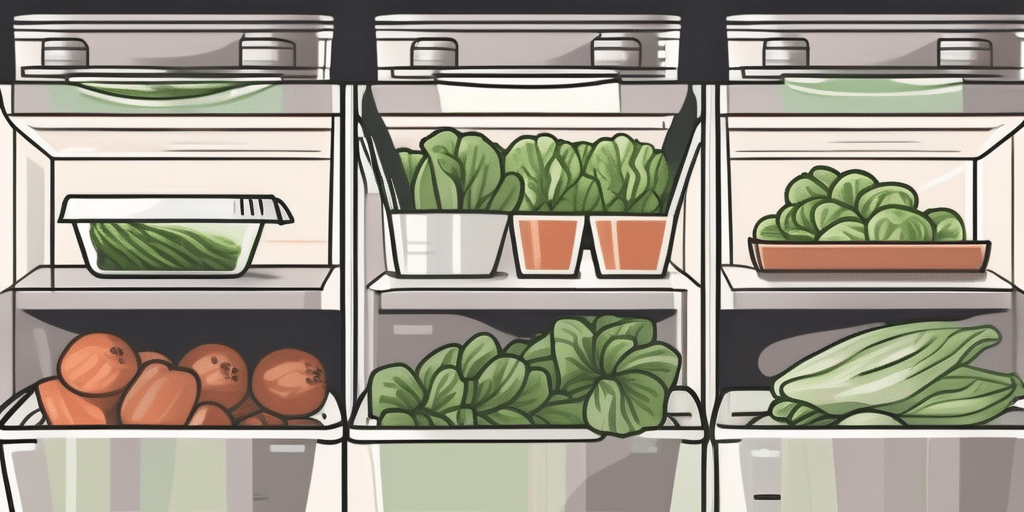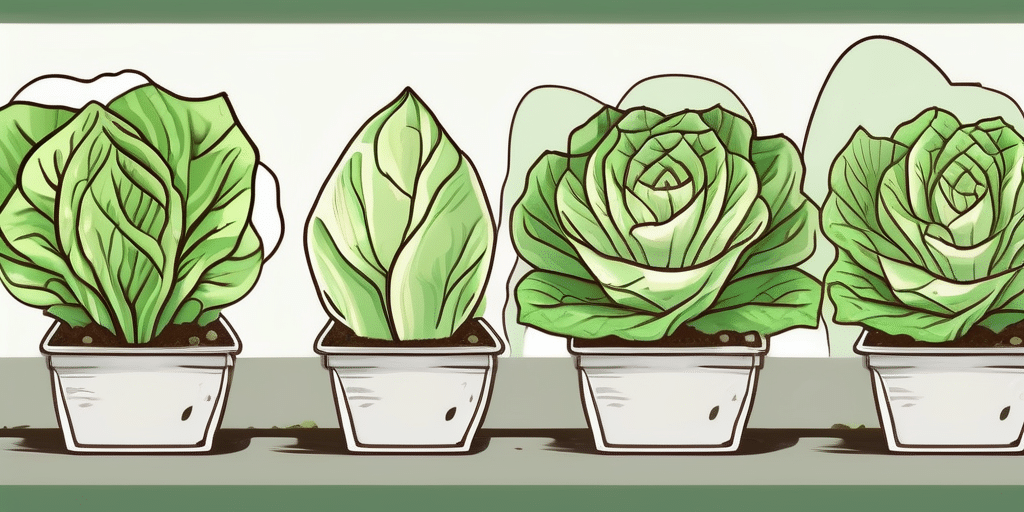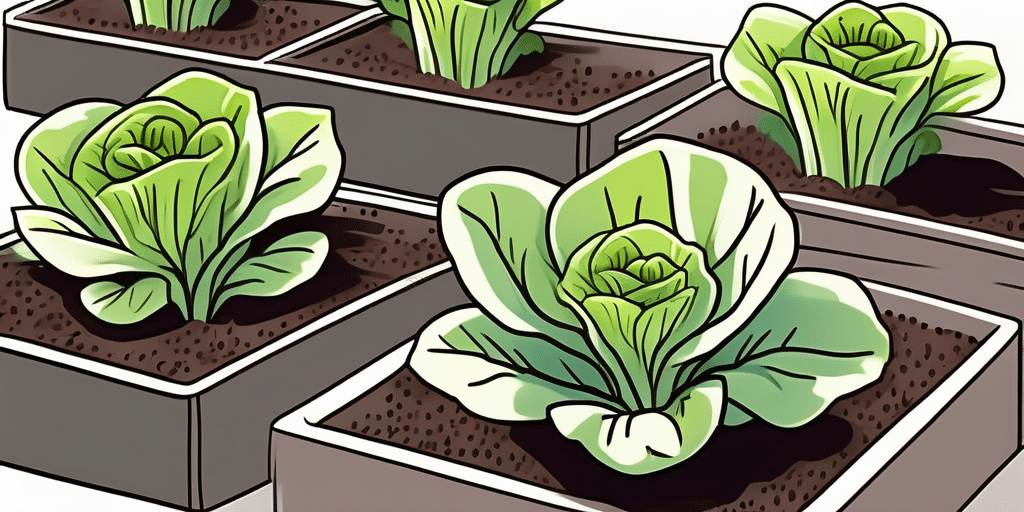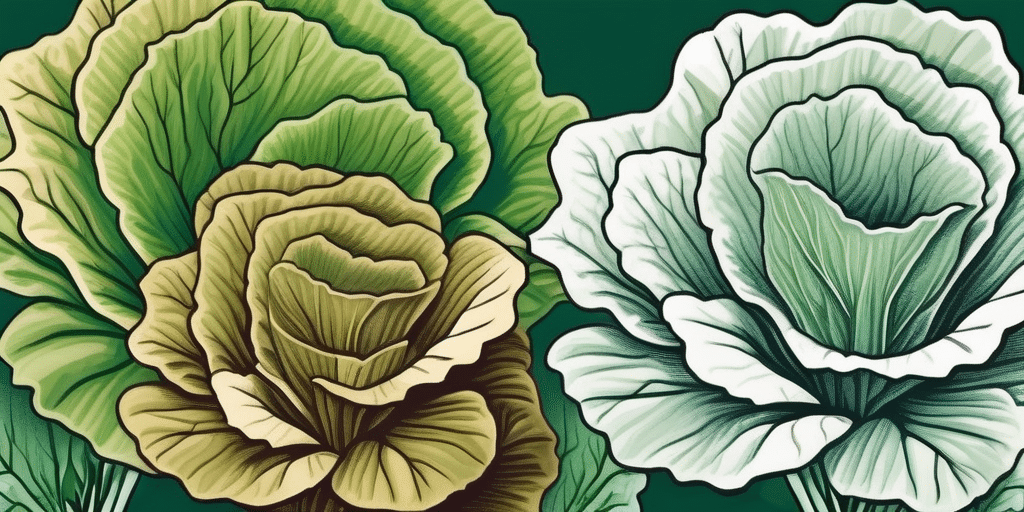Growing crisp mint lettuce from seeds is a rewarding endeavor that can provide you with a fresh, healthy addition to your meals. This variety of lettuce, known for its unique minty flavor and crisp texture, is a favorite among gardeners and chefs alike. In this guide, we will walk you through the process of growing your own crisp mint lettuce from seeds.
Understanding Mint Lettuce
Mint lettuce, scientifically known as Lactuca sativa, is a variety of lettuce that has a hint of mint flavor. It’s a cool-season crop, which means it grows best in the spring and fall when temperatures are cooler. This type of lettuce is also known for its crisp texture and vibrant green color, making it a popular choice for salads and other dishes.
According to the United States Department of Agriculture (USDA), lettuce is a good source of vitamin A and potassium. It also contains fiber, which can aid in digestion. Growing your own lettuce can provide you with a fresh, organic source of these nutrients.
Choosing the Right Seeds
When it comes to growing mint lettuce, the first step is choosing the right seeds. There are many varieties of lettuce seeds available, so it’s important to choose ones that are specifically labeled as mint lettuce. You can purchase these seeds from a local garden center or online.
According to the University of Minnesota Extension, it’s important to choose high-quality seeds. Look for seeds that are labeled as disease-resistant, as these will have a better chance of producing healthy plants.
Planting the Seeds
Step-by-Step Guide
- Prepare the Soil: The first step in planting mint lettuce seeds is to prepare the soil. This type of lettuce prefers well-draining soil that is rich in organic matter. You can improve the quality of your soil by adding compost or a slow-release fertilizer.
- Plant the Seeds: Once the soil is prepared, you can plant the seeds. Mint lettuce seeds should be planted about 1/4 inch deep and 1 inch apart. Cover the seeds with a thin layer of soil.
- Water the Seeds: After planting the seeds, water them thoroughly. The soil should be kept consistently moist, but not waterlogged. Overwatering can cause the seeds to rot.
- Wait for Germination: Mint lettuce seeds typically germinate within 7-10 days. Keep the soil moist and watch for the first signs of growth.
Caring for Your Mint Lettuce Plants
Once your mint lettuce seeds have germinated and the plants have started to grow, it’s important to provide them with the proper care. This includes regular watering, proper spacing, and pest control.
According to the Penn State Extension, lettuce plants should be watered regularly to keep the soil moist. However, they caution against overwatering, as this can lead to root rot and other diseases. It’s also important to space your plants properly to ensure they have room to grow and to reduce the risk of disease.
Harvesting Your Mint Lettuce
Harvesting mint lettuce is a simple process. The leaves can be harvested as soon as they are large enough to eat. To harvest, simply cut the outer leaves at the base of the plant, leaving the inner leaves to continue growing. This will allow you to harvest from the same plant multiple times throughout the season.
According to the USDA, lettuce should be harvested in the morning, when the leaves are at their crispest. After harvesting, rinse the leaves in cool water and store them in the refrigerator to keep them fresh.
Common Problems and Solutions
Like all plants, mint lettuce can be susceptible to a variety of pests and diseases. Common problems include aphids, slugs, and diseases such as downy mildew and lettuce mosaic virus. However, with proper care and attention, these issues can be managed effectively.
The University of Minnesota Extension recommends using organic pest control methods whenever possible. This can include introducing beneficial insects, such as ladybugs and lacewings, to your garden to control aphid populations. For slugs, hand-picking and using barriers can be effective methods of control.
Conclusion
Growing crisp mint lettuce from seeds is a rewarding process that can provide you with a fresh, flavorful addition to your meals. With the right care and attention, you can enjoy a bountiful harvest of this unique variety of lettuce. Happy gardening!
Join Our Green-Thumbed Community!
Ready to turn your garden into a verdant oasis with crisp mint lettuce and more? Subscribe for free to How to Grow Everything and learn how to build the garden of your dreams! Receive personalized gardening advice tailored to your grow zone, experience level, and interests. Enjoy the best gardening tips, special offers, and deals delivered straight to your inbox – with no spam, just pure gardening gold. Join our family of garden enthusiasts and start cultivating your green thumb today!






